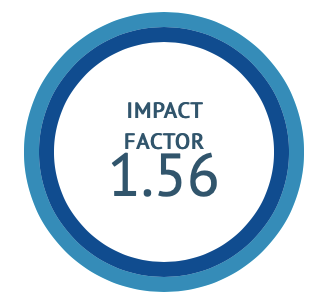An open clinical trial to evaluate the efficacy of Kanka Taila Pratimarsha nasya in Vyanga with special reference to Melasma
DOI:
https://doi.org/10.47552/ijam.v16i1.4978Keywords:
Vyanga, Kshudra Roga, Melasma, Samprapti VighatanaAbstract
Brown to gray-brown patches on the face are a typical cause of melasma, a skin condition. It usually appears on the forehead, chin, nasal bridge, cheeks, and above the upper lip. Women are more likely than men to experience it. In India, 20–30% of women between the ages of 40 and 65 have facial melasma. 90% of women and 10% of men across all ethnic and racial groupings experience it, respectively. Melasma can be correlated to Vyanga It is One of the Kshudra Rogas that causes obvious cosmetic impairment and excessive mental tension. Niruja (Painless), Tanu (Thin), and Shyava Varnayukta Mandala (Brownish patch) over Mukha Pradesha (Face)are characteristics of Vyanga (Melasma). While considering the pathogenesis of Vyanga Pitta dosha is more predominant on the basis of Ashraya- ashryi bahava Rakta is also involved. Nasya is mainly indicated. By doing Nasya it removes vitiated Pitta and also helps in Varna prasadana. In this study Pratimarsha Nasya was administered for 30 days continuously. The assessment criteria noted before and after the treatment. Subjective parameters i.e Mukhamagatya Mandalam (Patches), Shyavavarna (Pigmenation), Kandu (Itching), Parusha Sparsha (Dry skin) are the chief complaints of Vyanga and objective parameters such as MASI (Melasma area severity index). Assessments are done before and after the treatment. Symptoms of Vyanga decreased and it shows clinical progressiveness of the treatment given. In our study we found significant improvement.
Downloads
Published
How to Cite
Issue
Section
License
Copyright (c) 2025 International Journal of Ayurvedic Medicine

This work is licensed under a Creative Commons Attribution-NonCommercial-ShareAlike 4.0 International License.
The author hereby transfers, assigns, or conveys all copyright ownership to the International Journal of Ayurvedic Medicine (IJAM). By this transfer, the article becomes the property of the IJAM and may not be published elsewhere without written permission from the IJAM.
This transfer of copyright also implies transfer of rights for printed, electronic, microfilm, and facsimile publication. No royalty or other monetary compensation will be received for transferring the copyright of the article to the IJAM.
The IJAM, in turn, grants each author the right to republish the article in any book for which he or she is the author or editor, without paying royalties to the IJAM, subject to the express conditions that (a) the author notify IJAM in advance in writing of this republication and (b) a credit line attributes the original publication to IJAM.




